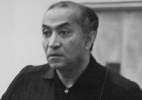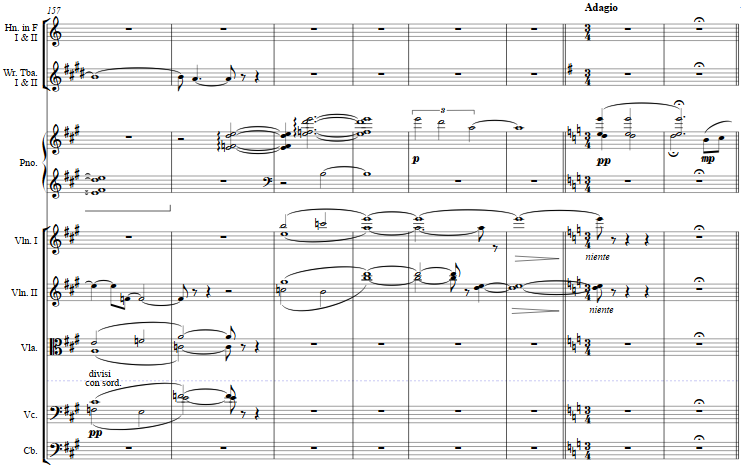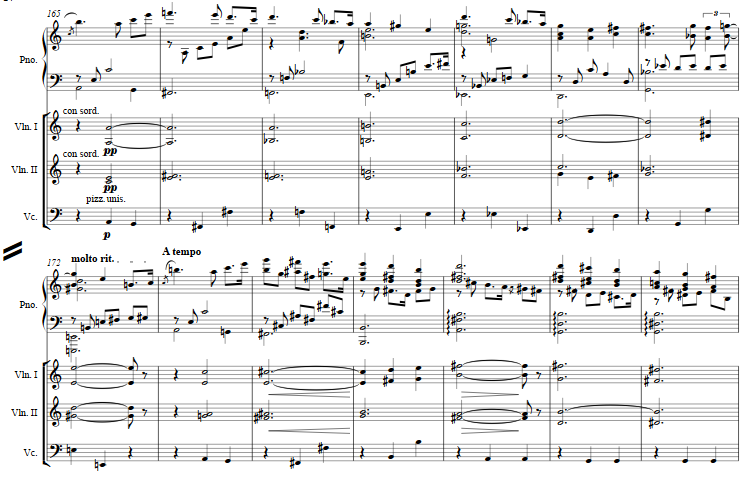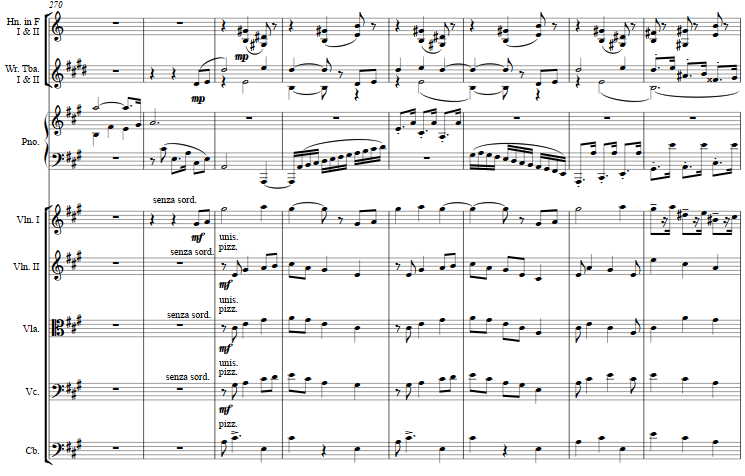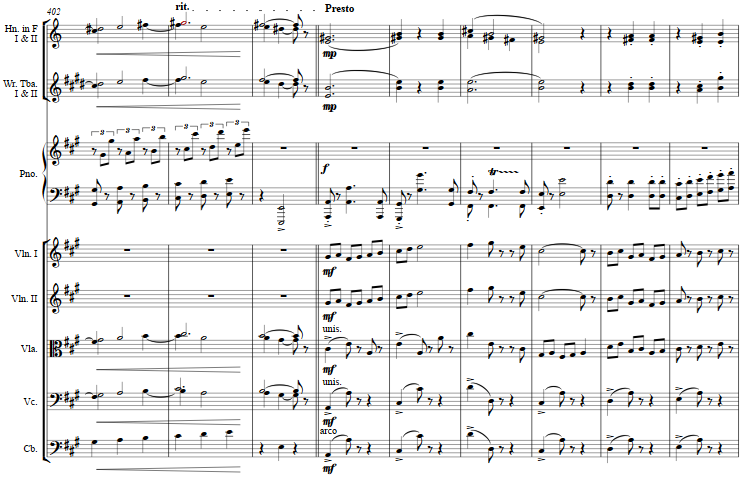Music and Texts of GARY BACHLUND
Vocal Music | Piano | Organ | Chamber Music | Orchestral | Articles and Commentary | Poems and Stories | Miscellany | FAQs
Concerto in A for Piano and Orchestra - (2017)
in memory of Mehli Mehta
This is in memory of a teacher and conductor, with whom I had the privilege to study while at UCLA in the mid-1970s. Though a singer and student in music education at that time, I thought to add studies in conducting from maestro Mehta and Roger Wagner, who was a preeminent choral conductor in Los Angeles at that time. These lessons, though in a large music school, were private. Meeting one-on-one in the large orchestra rehearsal room of Schoenberg Hall, were a little surreal for me. Sitting together at a music stand in the place where he conducted, he was consistently informative, and these quarters during my other studies there were a joy.
Of Mehta as found on the American Youth Symphony site, violinist Lawrence Sonderling is quoted, "It was always the music that was the most important thing." This was the message of our first lesson as we began with the opening movement of Mozart's Symphony No. 35 in D major, K. 385, which quite mirrors what a student of Nadia Boulanger wrote of her view which simply reinforces, "Music, music, music." For more on Mehta one may read his appreciation as found at the American Youth Symphony.
The motive on which the opening movement is based is essentially the functional use, melodically and harmonically of the opening notes of the violins.
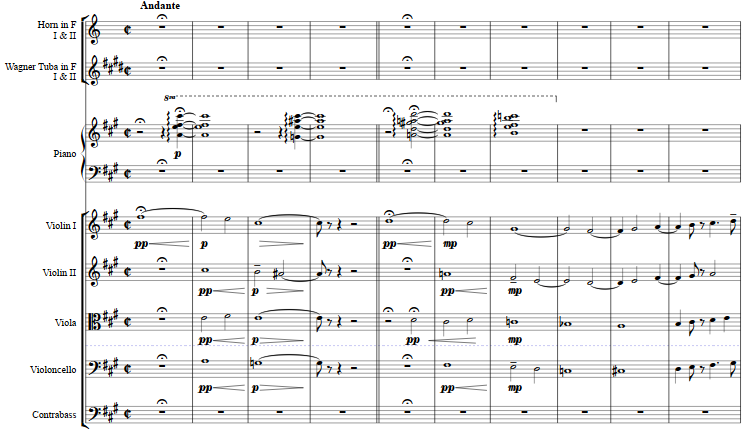
The orchestra states the first movement's thematic material in earnest, breaking into an allegro.
As the first section in A major and its relative minor comes to a close, a middle section in the parallel minor features piano with a minimal accompaniment. Its theme with the upward leap of the seventh sings this adagio, and then the gesture on other scale components carries over to the last movment.
The movement continues.... After several long arches of lyricism, a small flight of scales between the long phrases decorates as contrast, and thereafter the solo violoncello takes up the theme to the accompaniment of all strings, while the piano is silenced for a time.
A break from the from the orchestra textures is made, as the solo piano takes center stage an announces one of the related themes for the final movement in fugue form..
This section takes the subject of the G sharp and A to extend with octave displacement the notes into a lively melody. Visits to the dominant and relative minor harmonic domains play out, sometimes in a fugue-like manner as formal structures become a single amalgam.
The work ends with a nod to the first assignment which Maestro Mehta had given me, the opening movement of Mozart's "Haffner" symphony, that theme compressed from duple into a 3/4 meter and only as an embedded quotation, as the final section takes elements of the previous themes to form this last variant.
The work ends with a presto section. hurrying to the concerto's conclusion.
56 pages, circa 17' 30" - an MP3 emulation of the work is here:
The score and parts are available as a free PDF download, though any major commercial performance or recording of the work is prohibited without prior arrangement with the composer. Click on the graphic below for this score.
Concerto in A for Piano and Chamber Orchestra
